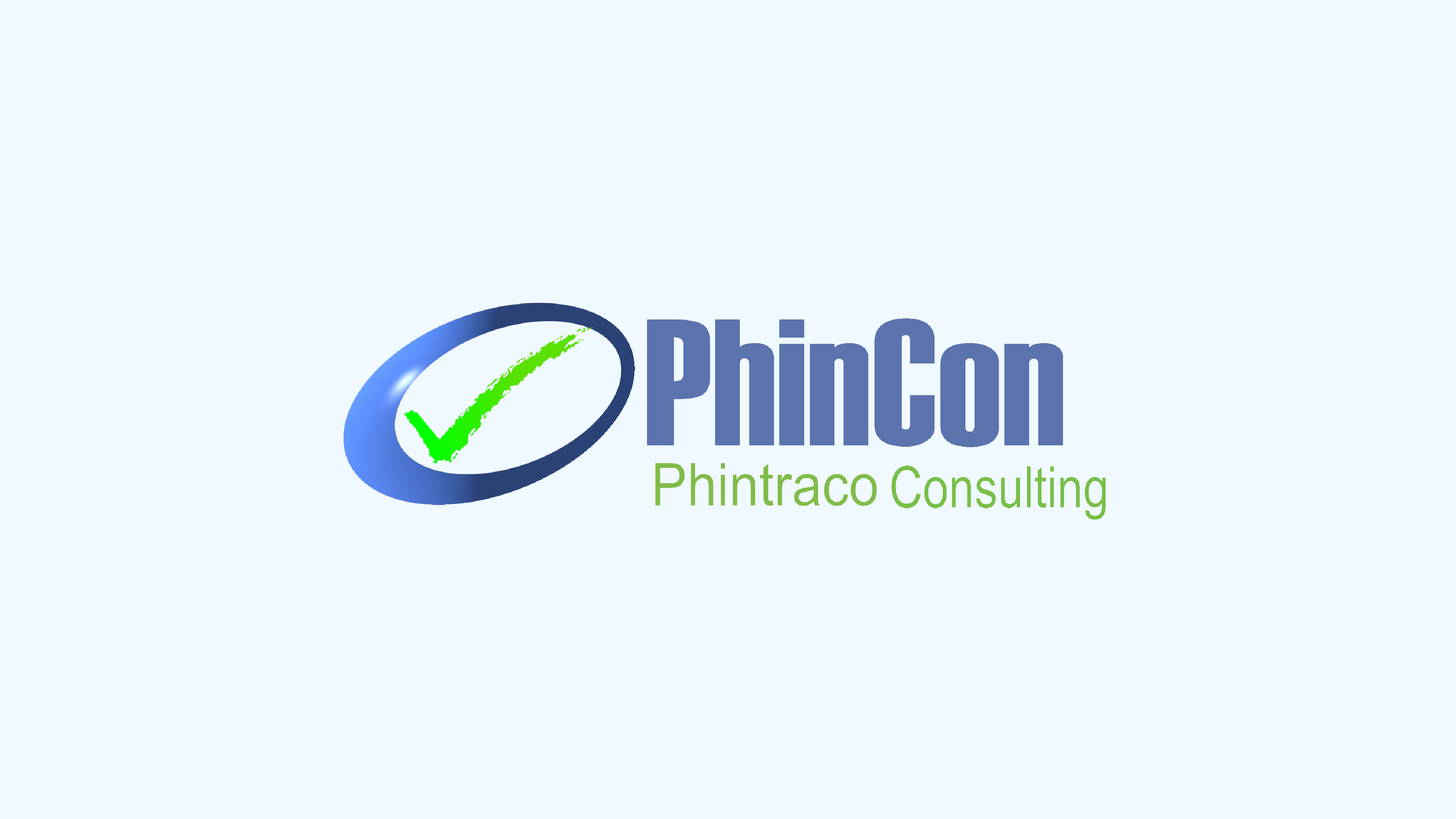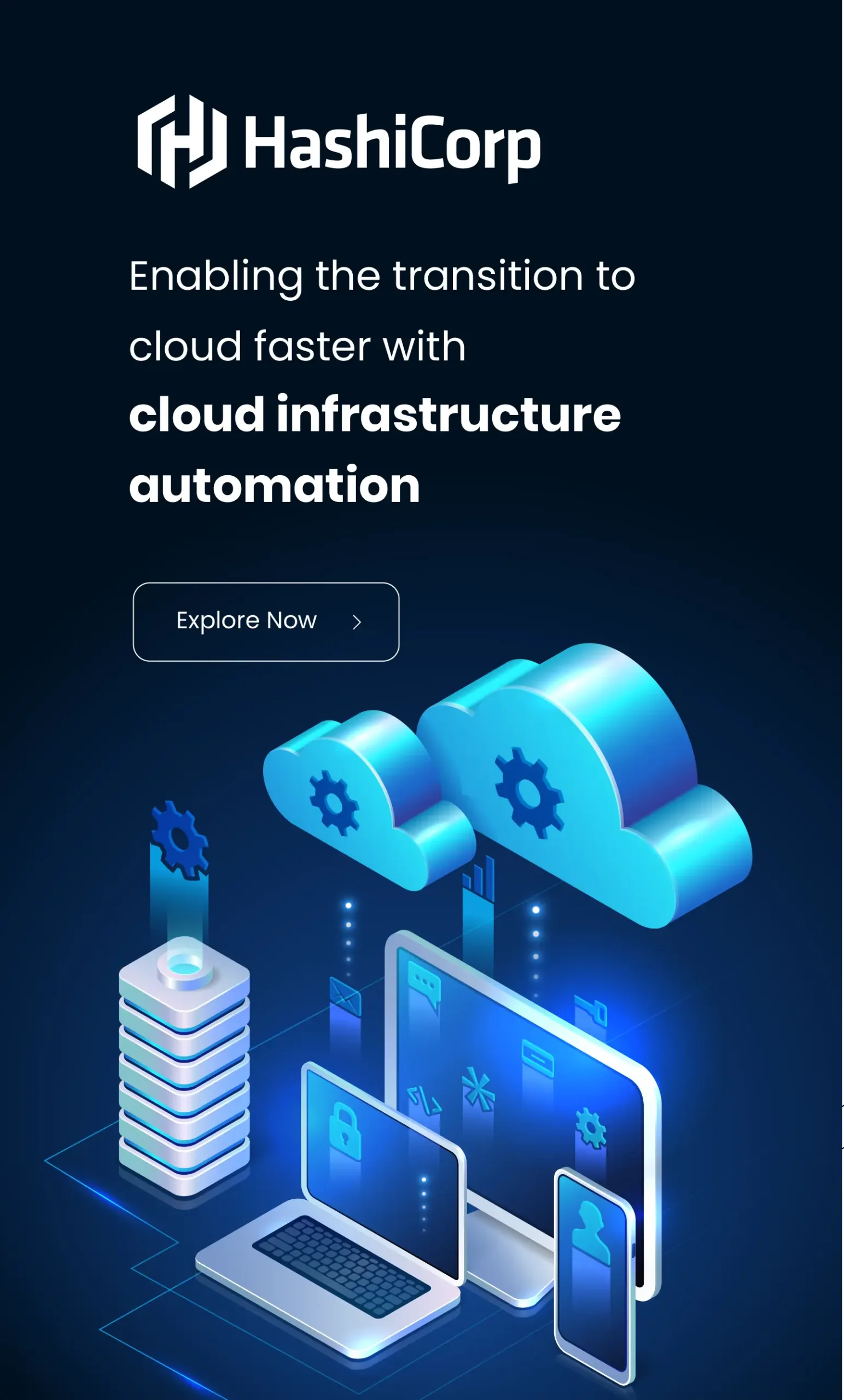Blog and News

IoT Healthcare: Examples, Benefits, and Challenges
The Internet of Things (IoT) technology continues to reshape various industries, with healthcare emerging as one of the most suitable sectors to implement IoT. As connected devices become more advanced and accessible, IoT enables smarter real-time monitoring and data-driven decision-making that will improve patient outcomes and streamline medical operations.
The IoT implementation in healthcare is looking towards a bright future, as worldwide healthcare providers are increasingly adopting IoT to address challenges such as aging populations, rising chronic diseases, and accessible healthcare in remote areas. Let’s learn more about how IoT transforms healthcare to be more proactive and available.
What is the IoT in Healthcare?
Internet of Things, or IoT, is a network of physical devices (appliances, vehicles, sensors, and other objects) embedded with software, sensors, and connectivity technologies that enable them to collect, exchange, and process data with other devices and systems over the internet.
In the healthcare industry, IoT is often referred to as the Internet of Medical Things (IoMT). It connects medical devices, sensors, and software to gather, transmit, and analyze patient data in real time. Some examples of the Internet of Things devices used in healthcare include smartwatches, fitness trackers, and connected inhalers. This IoT connectivity enhances patient care, operational efficiency, and the ability to deliver personalized and preventive healthcare.
What are the Examples of IoT Used in Healthcare?
IoT technology transforms healthcare practices with real-time monitoring and improved medical decision-making, leading to better health outcomes and more efficient healthcare delivery. Here are some examples of how IoT is used in healthcare:
Remote Patient Monitoring
IoT devices enable continuous monitoring of patients’ vital signs (such as heart rate, blood glucose, and blood pressure) from their homes. This allows healthcare providers to track health metrics remotely, intervene promptly, and reduce hospital readmissions.
Hospital Operations and Asset Tracking
IoT systems automate inventory management, track the location of medical equipment, and monitor environmental conditions (temperature, humidity) in critical areas like operating rooms and storage facilities. This will improve resource utilization and reduce equipment downtime.
Glucose Monitoring
Wearable IoT glucose monitors continuously automate the tracking of blood sugar levels for diabetic patients. This real-time data helps in the early detection of dangerous fluctuations and supports better disease management without the need for frequent manual testing.
Telemedicine
IoT enables remote consultations and virtual examinations through connected devices and video conferencing, allowing patients to receive care from home, especially in remote areas. Continuous data collection via IoT devices helps identify health trends and patterns, enabling proactive interventions before they escalate further.
How IoT Benefits the Healthcare Industry?
Real-time data collection of patients’ health conditions has driven a growing adoption of IoT in the healthcare industry. However, the benefits of IoT in the healthcare industry span beyond real-time monitoring, offering advantages such as:
Improving Operational Efficiency
The IoT’s capability of automatically collecting patient data will reduce the need for manual monitoring and data entry. It also streamlines hospital operations through efficient inventory and equipment management. Remote monitoring also decreases the length of hospital stays and unnecessary practitioner visits, lowering overall healthcare expenses.
Remote Patient Monitoring and Early Disease Detection
IoT-enabled devices allow continuous monitoring of patients’ vital signs and health metrics remotely and in real time without having to check up manually. This enables early detection of health issues and timely interventions to improve patients’ outcomes. Remote monitoring also expands healthcare access to rural areas or mobility-impaired patients, helping them get timely treatment and consultation.
Improving Treatment Outcomes
IoT devices collect highly accurate, real-time health data, allowing healthcare providers to make timely, informed decisions and tailor treatments to individual patient needs. This personalized approach will enhance treatment effectiveness and minimize errors.
Data-Driven Research and Predictive Healthcare
The vast data IoT devices collect can support data-driven medical research and enable predictive analytics with algorithms and data patterns. It will be beneficial to anticipate health deteriorations or potential outbreaks before they worsen.
What are the Challenges of IoT in the Healthcare Industry?
Despite its benefits, IoT implementation is not without disadvantages. There are several challenges in integrating IoT into the healthcare systems, such as:
Data Security and Privacy
IoT devices collect and transmit sensitive patient data, increasing the risk of unauthorized access and sensitive data exposure. Even minor leaks can expose personal health information, leading to misuse or public exposure. Many healthcare IoT devices lack strong security controls, often caused by default settings or outdated software, making them vulnerable to cyberattacks.
Increase Attack Surface and Device Vulnerabilities
IoT encompasses connected devices, expanding the attack surface and providing multiple entry points for hackers. Each device, such as smart monitors or wearables, can be exploited if not properly secured. Many medical IoT devices can’t support traditional IT security measures like active scanning or installing security agents due to regulatory constraints or technical limitations, increasing the risks of cyberattacks.
Data Overload and Accuracy
IoT collects and generates a large amount of data, which can overwhelm healthcare systems if not properly managed. Non-uniform data and communication protocols make it difficult to analyze and extract meaningful insights accurately. Data overload can also negatively impact clinical decision-making and caused data silos if it is not precise or well-organized.
Complexity of IoT Infrastructure
Integrating diverse IoT devices creates complex network architectures, increasing the likelihood of vulnerabilities and making the system harder to secure and manage. Some healthcare facilities lack the robust digital infrastructure, including reliable data connectivity and management systems, to support widespread IoT deployment.
Achieve Successful IoT Implementation with IT Outsourcing Solutions by PhinCon
With the complexity of IoT implementation, healthcare organizations must have a reliable partner to develop a robust and successful IoT infrastructure catered to their needs. PhinCon Pte Ltd offers cost-effective and trusted solutions through our comprehensive IT outsourcing service for foreign healthcare companies looking to expand to Indonesia or needing remote IT talents. We provide IT experts of various roles, including Android Developer, iOS Developer, Fullstack Developer, Golang Developer, Mobile Developer, Quality Assurance, DevOps, Business Analyst, Solution Architect, Project Manager, and L2 Operation Support.
With PhinCon’s extensive talent pool, we provide access to Indonesia’s IT professionals across various roles and levels, ensuring your business has the right expertise to develop IoT infrastructure effectively. Our IT outsourcing services cover everything from BPO solutions and IT talent acquisition services, allowing you to scale your operations efficiently. At the same time, we handle administrative complexities like payroll, benefits, and tax administration.
By leveraging PhinCon’s established infrastructure and skilled workforce in Indonesia, you will gain a strategic advantage in building a future-ready IoT environment. Contact us today through email at sales.sg@phincon.com to learn more about our IT outsourcing solution.
Editor: Trie Ayu Feminin & Irnadia Fardila
Popular Posts





